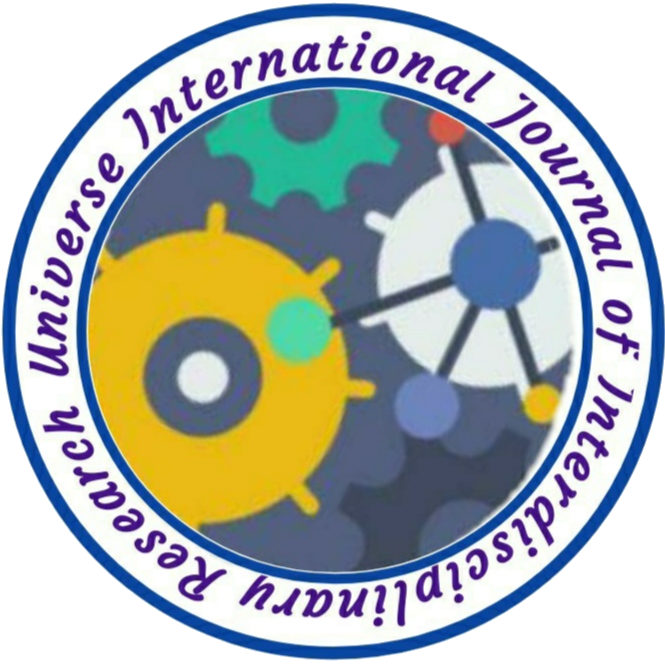ROLE AND RESPONSIBILITY OF NURSING OFFICERS IN TRACTION
Author Name: 1. Sameer Ahmad Dar 2. Humaira Qadir
Volume/Issue: 03/09
Country: India
DOI NO.: 08.2020-25662434 DOI Link: https://www.doi-ds.org/doilink/03.2023-44922283/UIJIR
Affiliation:
- Assistant Professor, Department of Medical Surgical Nursing, Dolphin Institute of Medical Sciences, Pulwama, Jammu and Kashmir (UT), India.
- Tutor, Department of Mental Health Nursing, Syed Mantaqui Memorial College of Nursing and Medical Technology, IUST, Pulwama, Jammu and Kashmir (UT), India.
ABSTRACT
Traction is a technique for realigning a broken bone or dislocated part of the body using weights, pulleys, and ropes to gently apply pressure and pull the bone or injured body part back into position. After a fracture, traction can restore the position of a bone during the early stage of healing or temporarily ease the pain while you are waiting for further corrective surgery. There are two main types of traction: skeletal traction and skin traction. A third kind, cervical traction, is used to help stabilize fractures in the neck. Purpose of Traction is to stabilize a fracture or injury and restore tension to the surrounding tissues, muscles, and tendons. Traction can: Stabilize and realign a broken bone or dislocated part of the body (such as the shoulder), help regain the normal position of the bone that's been fractured, stretch the neck to reduce pressure on the spine by realigning the vertebrae, temporarily reduce pain prior to surgery, lessen or eliminate muscle spasms and constricted joint, muscles, and tendons, relieve pressure on nerves, especially spinal nerves and treat bone deformities. The kind of traction used will depend on the location and severity of the broken bone or injury and the amount of force needed.
Key words: Nurse, Traction, Fixation, Fracture

No comment